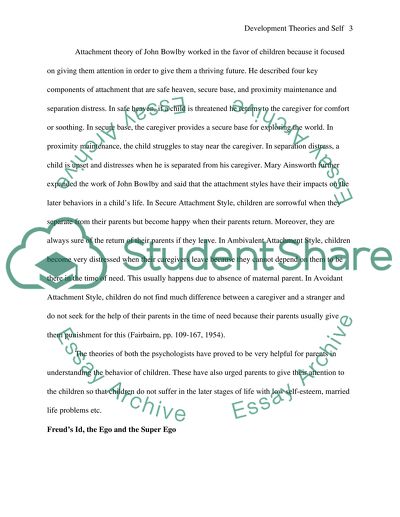Cite this document
(“Developmental theories and self Essay Example | Topics and Well Written Essays - 2000 words”, n.d.)
Retrieved from https://studentshare.org/psychology/1441048-developmental-theories-and-self
Retrieved from https://studentshare.org/psychology/1441048-developmental-theories-and-self
(Developmental Theories and Self Essay Example | Topics and Well Written Essays - 2000 Words)
https://studentshare.org/psychology/1441048-developmental-theories-and-self.
https://studentshare.org/psychology/1441048-developmental-theories-and-self.
“Developmental Theories and Self Essay Example | Topics and Well Written Essays - 2000 Words”, n.d. https://studentshare.org/psychology/1441048-developmental-theories-and-self.


